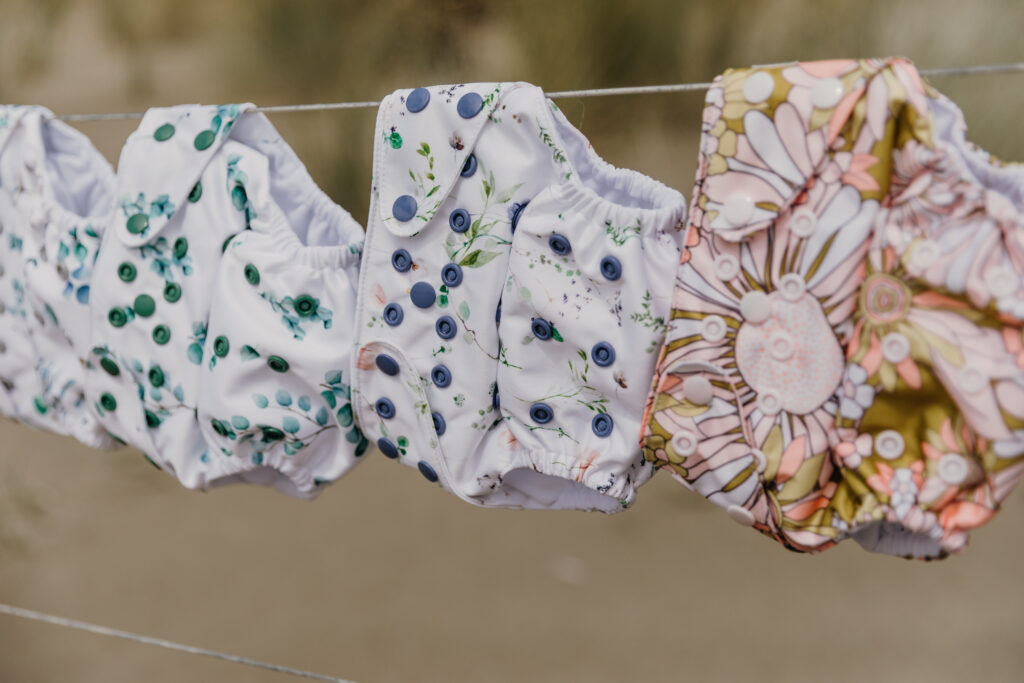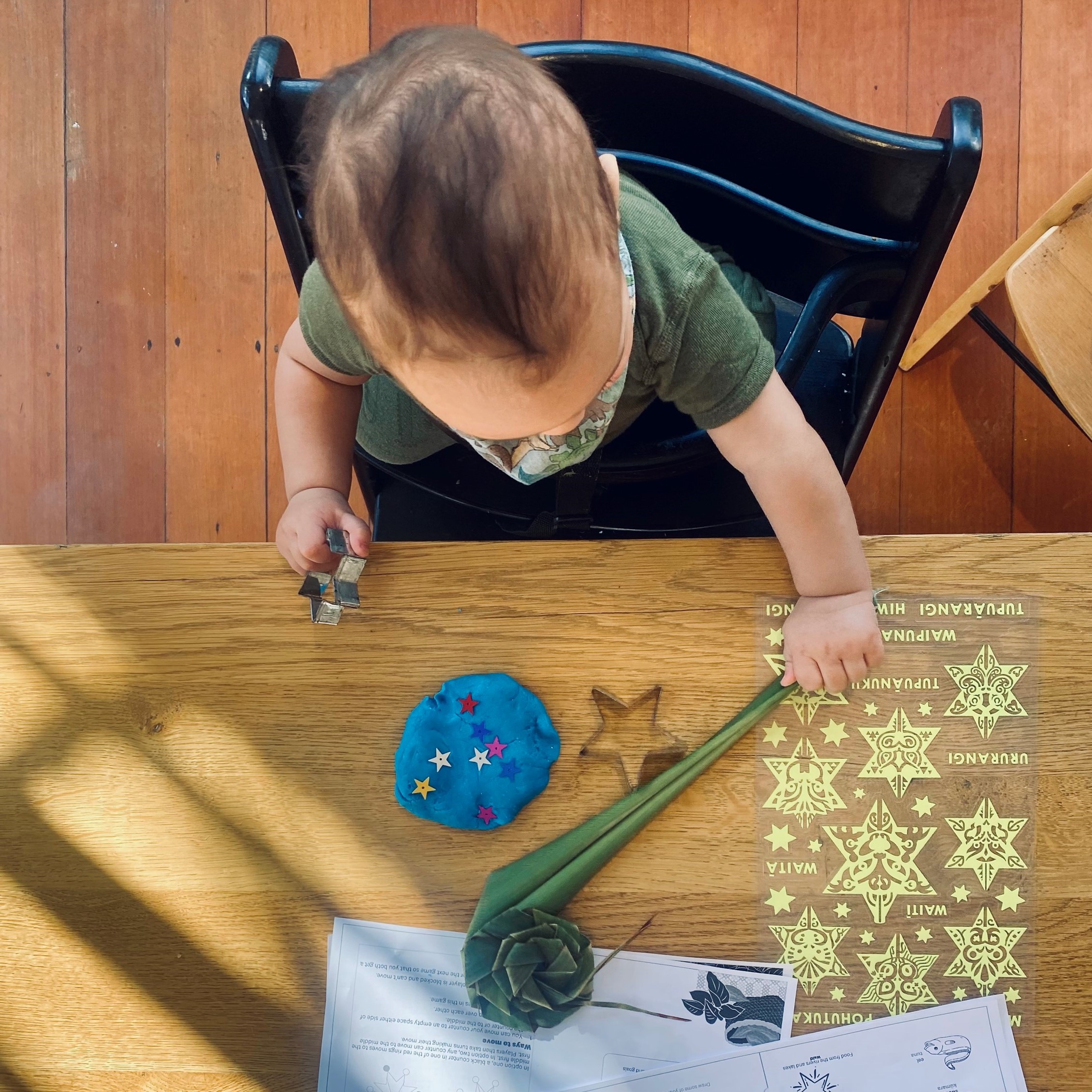Busting Cloth Nappy Myths With Sheree Palmer & Hannah Porter

We bust 10 common myths about cloth nappies, with the help of cloth nappy experts, Sheree Palmer and Hannah Porter.
Sheree is a mama-of-two, who started making Cloth Nappies because she was passionate about leaving the world a better place for her children’s children. Today, she is the designer, creator and owner of Fluffy Ducks.
Mama-of-three Hannah’s cloth nappy journey started because she’d had a great experience using cloth nappies with her tamariki, and had a desire to help other whanau save money on nappies, while looking for a way to make some extra money for her own family, and still be there for her children.
Hannah knew there had to be a way to make cloth nappies “affordable, cute as f*ck, and simple for people” which is where Bear and Moo was born.
Spoiler Alert: Cloth Nappies won’t triple your washing pile, give your pēpi nappy rash, or cost just as much (or more) than disposable nappies!
Cloth Nappies Are Too Hard! Especially For A New Māmā.
We get it, Cloth nappies can seem daunting, especially for a new parent. There are no hard and fast rules though, we just say when you are at home pop one on baby and have a play, build your confidence and send photos for fit checks if you’re unsure.
In regard to washing of them, it’s all about routine and once you’ve adjusted to the routine it becomes second nature.
Cloth Nappies Are Just As Bad For The Environment As Disposables.
There is research around this and using cloth nappies still works out to be 40% better for the environment than using disposables. Disposables take up to 500yrs to decompose, if you compare 24 nappies to 5,000 disposables, that’s a lot of landfill saved. Plus, cloth nappies can be used again on another child.
Cloth Nappies Are Not Suitable For Newborns.
Cloth Nappies can absolutely be used for newborns and are sometimes a little easier as bubs is immobile! Many cloth nappies come with domes or snaps which make the nappies adjustable so they can fit from a small size through to toilet training in many cases. You can also get specific newborn nappies if needed too.
If You Use Cloth Nappies Your Laundry Pile Will Triple!
We love this question! No matter what, when you have a baby the washing increases, and it grows more as they grow. We say cloth nappies is only one extra wash a day and that’s the pre-wash. You can’t add other items to this wash as it’s all grey water, but you can add other items to the main wash!
You can also leave them for a couple of days. If you’re using them overnight you may want to wash them in the morning, but otherwise they can sit for a couple of days before you do your pre-wash, so you don’t have to wash nappies every single day!
We promise you’ll find a groove that works for you.
There Will Be Poo Everywhere And They’re Gross And Unsanitary.
We hate to break it to you but having a baby means you are going to be dealing with A LOT of poo. Even if you use disposables the poo has to be put in the loo (otherwise it just sits in landfill), so the only difference is washing them, and our washing machines do the hard work for us.
No soaking or scrubbing and no buckets of water laying around.
NOTE: You don’t actually need to touch the poo!

Cloth Nappies Are Just As Expensive As Disposable Nappies.
The initial outlay can appear expensive in order to get set up. But overall, until bubs is toilet trained you can save around $3,000, this takes into account buying a full time pack.
A customer once tallied up every nappy change, she emailed to say that she paid back her full-time pack by the time bubs was 3 months. Fluffy Ducks has broken down the savings here.
Cloth Nappies Leak And Are More Likely To Cause Nappy Rash.
Actually, we find the opposite! Most would have heard of the term ‘poonami or poosplosion’, this really only occurs in a disposable, and then it’s a whole outfit change and bath! The way we design cloth nappies is to contain, and boy oh boy, do they do just that. We have never experienced a poonami in cloth, they just contain so well.
Essentially there is only ever two reason’s a cloth nappy would leak and that would be the absorption isn’t enough or the fit isn’t quite right, and there is so much support in the cloth community, all you need to do is reach out if you’re experiencing issues & we’ll be able to troubleshoot.
Rarely do we find babies with nappy rash in cloth nappies, because they are breathable. Most modern Cloth Nappies also have a stay dry layer built in which means it wicks moisture away keeping them nice and dry.
Cloth Nappies Are Ugly, And Bulky.
They used to be, but cloth nappies have come a long way from the big terry towelling sheets. Cloth nappies are much smaller now and way easier to use without the bulk that used to come with the big flats. They also come in so many cool patterns and colours, some are even designed by local artists and graphic designers, putting a little fun into nappy changes for all involved! There is something so cute in the warmer months when all they need is a wee t-shirt and showcase their nappy print.
Cloth Nappies Aren’t Suitable For Overnight.
Nights can be tricky, or they can be easy, it really depends on how much your baby feeds and wets. For nights we recommend looking at changing the inserts to hemp, which hold more liquid. You may also want to add a wool cover which again can hold 30% of its weight in water. There are also night specific cloth nappies around if those simple changes do not work. Being parents ourselves, one thing we do not underestimate though is sleep, so if nighttime seems too hard basket and if a disposable works for you, then one a day is ok. Do give it a go in cloth though as it may be easier than you think!
TOP TIP: Using cloth nappies isn’t an all or nothing thing – one a day will save you money and will save nappies from ending up in landfill!
If you you’d like to learn more about cloth nappies, both Sheree and Hannah will be speaking at the Waikato Baby Expo on the 2nd and 3rd of July. You can find out more here.
Waikato Baby Expo
2 & 3 July
9am – 4pm Saturday and Sunday
Claudelands Events Centre



